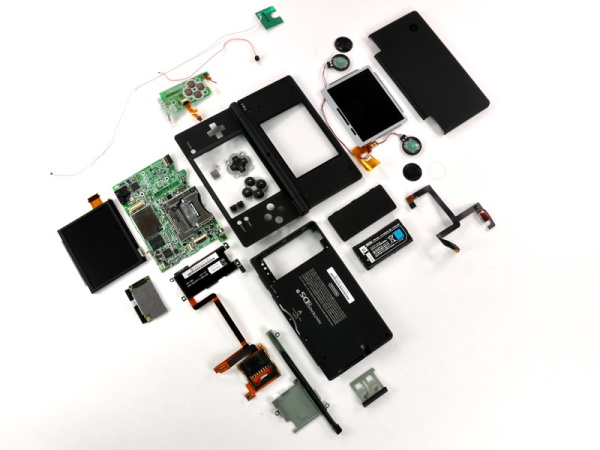
Kyle at the great site iFixIt.com has just opened a new service dedicated to the collection and curation of user-generated content called Gear Teardown. The service, sort of like a how-to site for crazy people, allows folks to document each step in the process of tearing down, and hopefully putting back together, their gadgets.
For example, this teardown of the Moto Krave shows six steps, some more esoteric than others, and essentially allows anyone to figure out which chips are used in each phone.
Obviously this level of gadget porn isn’t for everyone, but it’s a fascinating study and will be much cooler as the site is fleshed out with more hardware and more teardowns. Until then, it’s a cool way to get folks excited about buying Torx drivers. A note from Kyle:
We’re a startup. We’re 100% bootstrapped with zero outside capital, we did over two million in revenue last year, we’ve been profitable since day one, and we’re going to change the world.
This teardown platform is going to be really disruptive. Hardware manufacturers don’t want people to see what’s inside their devices, but the dirty secret of the industry is that every hardware company does teardowns on everyone else’s gadgets– they just don’t tell anyone. The phone teardowns phonewreck.com has been publishing are really disrupting the industry and upsetting some of the traditional players like Portelligent and Semiconductor Insights.
Every time I do a teardown, I get calls from Wall Street investors wanting to know if company X’s part is in it. This information is worth a lot of money. By focusing on the cutting edge of what’s inside new products, we provide a valuable insight into the semiconductor industry.
Our plan for teardowns is twofold:
1) Crowdsource the documentation of technical details of new hardware. We’ll give industry insiders an anonymous place to share what they know. There is a HUGE pent-up demand for this. Investors want transparency that companies like Apple aren’t giving them, and engineers want a way to learn what’s inside a device without having to rip every last one apart. We already get tons of anonymous tips for our teardowns from engineers, investors, and enthusiasts.2) Educate consumers about what’s inside their hardware, motivate them to fix things when they break, and drive traffic to our DIY parts business. Our Mac and iPod parts business is very profitable, and we have plans to significantly expand it. Drawing the eyeballs of people with our teardowns really drives our sales.
The world needs to know what’s inside the electronics they buy. We’re going to lift the veil by allowing everyone to work together to share their knowledge and photos.